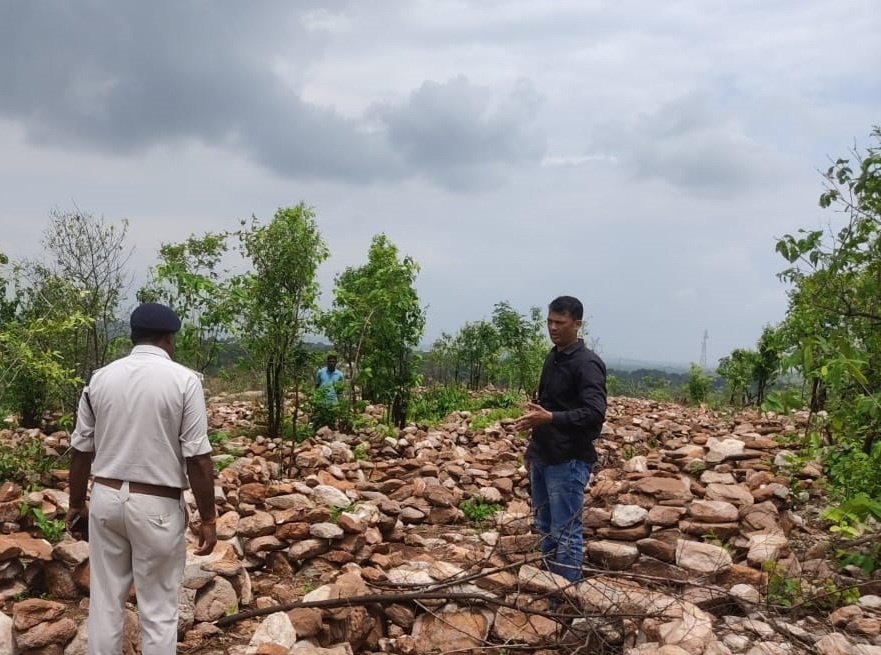Sambalpur: In a first, the Sambalpur forest division has launched efforts for rocky hill plantation with an aim to usher in green cover in the district, a report said Thursday. The plantation experiment has been conducted for the first time at Kilasama reserve forest, Bhalubahal and Rengali forest ranges. There are a few bald patches inside the forest blocks wherein normal plantation was not possible and the field staff was reluctant to take up plantation there owing to the rocky topography. This was stated here by Sambalpur DFO Biswanath Nilambaran while speaking to this correspondent, Thursday The problem was analysed and the whole forest division area was assessed using GIS.
About 700 hectare of land was identified where there was rocky outgrowth with scanty or no vegetation. It was then decided to take up the experiment on one hectare area and the mode of plantation to be carried out was researched upon. Experts and environmentalists have been roped in to aid and advice on the plantation. Local people have also been involved through Van Suraksha Samitis to make this programme successful and help them become self-reliant. The plantation has been conducted with funds available from the district mineral foundation. Around 1,600 saplings have been planted per hectare of land at an expenditure of Rs 10 lakh. The plants will be maintained for a period of three years. Drought-resistant plants and tough species like Sterculia urens (genduli), Ficus sps, Amla, Custard apple, Mohua, Kendu, Khaira were identified for plantation. Among these plant species, 60 per cent are Sterculia urens and ficus, and the rest 40 per cent are other species. The plantation would be assessed for two years and all the observations would be recorded and analysed. The Forest department will also learn the causes wherever the mortality rate is high and try to improve the method with localised modifications. The technique used is to go for stone packing instead of pits in the absence of soil. Within those structures, foreign soil would be used. Cracks and crevices would be utilised for better results. Only vermicompost and organic manure ‘Jeevamruta’ will be used as fertilizers for the nourishment of the plants. GIS analysis of the landmass has been done and the area has been identified.
Later, a team was sent for inspection of the natural forest and some species like Sterculia urens, neem, and custard apple were shortlisted that can grow in the tough rocky terrain. Currently, the plantation is going on and for another six to seven months progress will be observed. Based on the observations, the Forest department will devise a standard protocol and carry out plantation in all such areas with the help of CSR or state funds. The DFO was very hopeful about the success of the pilot project. He said that with the Miyawaki method they have been able to grow forest with 35 to 45-feet high trees in just two years. “I believe this rocky land will soon be filled with forest,” he added
